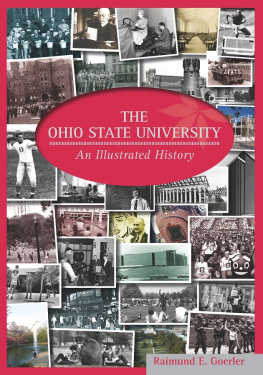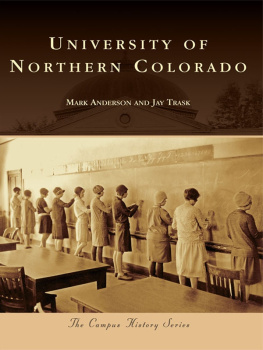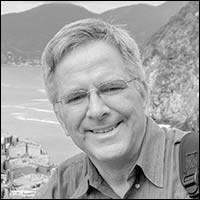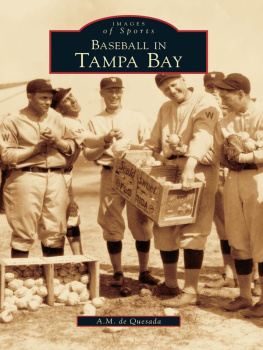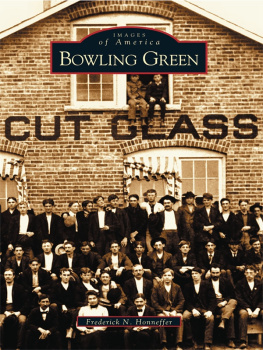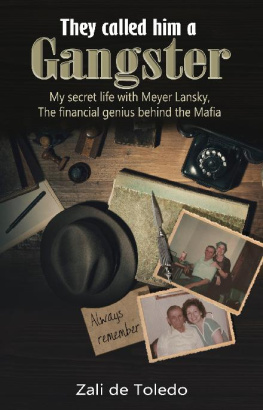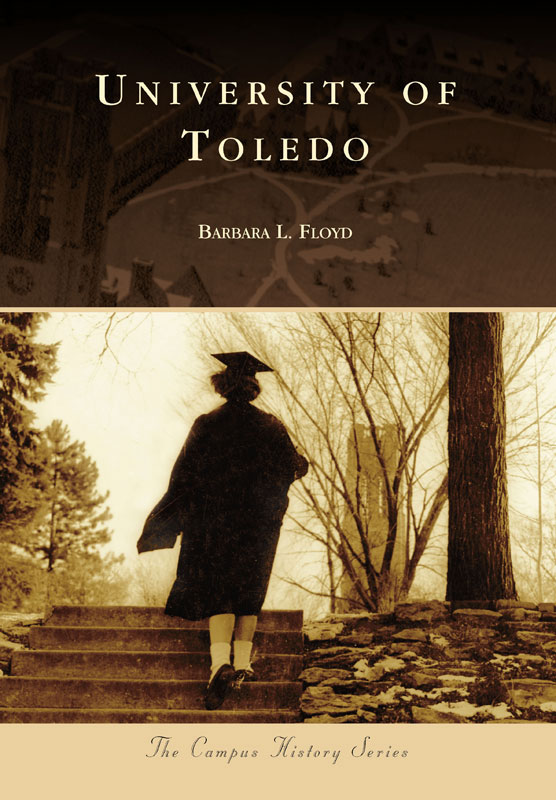
The Campus History Series
UNIVERSITY OF
TOLEDO

The campus of the former Medical College of Ohio, founded in 1964, is pictured in this aerial view. The college merged with the University of Toledo in 2006. (Courtesy of the University of Toledo Archives.)
ON THE FRONT COVER: This photograph of a student on her way to commencement was taken by an unknown photographer in the 1950s. (Courtesy of the University of Toledo Archives, Ward M. Canaday Center for Special Collections, the University of Toledo.)
COVER BACKGROUND: This 1938 aerial view of the University of Toledo shows the first buildings of the Bancroft Street campus. (Photograph by Maurice Wallace, courtesy of the University of Toledo Archives, Ward M. Canaday Center for Special Collections, the University of Toledo.)
The Campus History Series
UNIVERSITY OF
TOLEDO
BARBARA L. FLOYD

Copyright 2017 by Barbara L. Floyd
ISBN 978-1-4671-2724-0
Ebook ISBN 9781439663240
Published by Arcadia Publishing
Charleston, South Carolina
Library of Congress Control Number: 2017940419
For all general information, please contact Arcadia Publishing:
Telephone 843-853-2070
Fax 843-853-0044
E-mail sales@arcadiapublishing.com
For customer service and orders:
Toll-Free 1-888-313-2665
Visit us on the Internet at www.arcadiapublishing.com
This book is dedicated to the thousands of peoplemost of whom are not named within these pageswho have labored every day since 1872 to make the University of Toledo a success.
CONTENTS
ACKNOWLEDGMENTS
I would like to thank Brenda Lee and the University of Toledo (UT) Foundation, and Dan Saevig and the UT Alumni Association, for their generous support for this publication.
This book would not have been possible without the incredible images preserved in university archives created by photographers both known and unknown. The archives house well over 15,000 images, and sifting through them to decide which 240 should be included has been a labor of love. While most of the early images are from anonymous sources, those from the 1960s to 2000s were taken by the late longtime university photographer Bill Hartough. Many of the images in chapter five were taken by Medical College of Ohio photographer Jack Meade. Most of those in chapter six were captured by Dan Miller, current university photographer. My thanks for your keen eye and for capturing events both big and small. I apologize for not being able to label each photograph with the name of its creator, but I hope this acknowledgment will suffice.
I would also like to thank the staff of the Ward M. Canaday Center for Special Collections for their support during the process of writing this book.
It is impossible to include many people who have played important roles in the history of the University of Toledo in the limited space available in this book. My apologies to all who I was not able to include. You should know that your contributions are documented in university archives, and your work is a part of our institutional memory. Because the focus of this book is on the major events that have shaped the university, there was little space for athletics, student organizations, and individual faculty and staff. That is a lot to exclude. This is also not a volume that dwells on the controversial, but rather speaks to the celebration of our growth as an institution. Sources used to research the book include Frank Hickersons The Tower Builders: The Centennial Story of the University of Toledo, published in 1972, and A Community of Scholars: Recollections of the Early Years of the Medical College of Ohio, published in 2011. I also drew upon my own previous work, The Towers Lengthening Shadow: 125 Years of the University of Toledo.
Unless otherwise noted, all images are from the University of Toledo Archives, or the online photograph archive of the UT Department of Marketing and Communication.
INTRODUCTION
The University of Toledo began as one mans dream. But it required the labor of thousands of others to see it become a reality. More than once in its 145-year history, it seemed like a dream that was destined to fail. If there is one theme in the history of this institution, it is survival against incredible odds. More than once, the university nearly closed, and without perseverance by those who believed in itand some incredible luckits continuing history would not be written today.
From the beginning, what became the University of Toledo seemed like a long shot, largely because Toledo itself seemed like a long shot. The city had been founded in 1837, just 35 years before the university was founded. While the rest of the state had developed and prospered after Ohios statehood in 1803, northwest Ohio sat largely dormant. Toledo was surrounded by the Great Black Swamp, which made it difficult for anyone to get to the area. Those who did settle here lived in the Graveyard of the Midwest, a nickname given the city because of the epidemics of malaria, cholera, and other deadly diseases that regularly swept through and decimated the population. It was not until the Miami and Erie Canal was proposed in 1835 that anyone had much interest in Toledo. Ironically, after years of being ignored, once there was a shot at economic development, residents had to fight a war with their neighbors to the north over who would get to claim Toledo.
The Toledo that Jesup Scott came to in the early 1830s was hardly one that anyone besides Scott would have believed could be the Future Great City of the World. But as a real estate investor, Scott saw the location of Toledo on railroad lines, on the Great Lakes, and near rich farmland as elements that could create an industrial powerhouse. And that Future Great City would need a university.
Unfortunately for Scott, his dream failed. The Toledo University of Arts and Trades that was endowed by Scott in 1872 closed by 1878the first time financial constraints would affect the institution. It was born again in 1884 by Scotts sons, who donated what was left of the universitys assets to the City of Toledo if it agreed to operate an institution that fulfilled the terms of their fathers bequest.
The Toledo University Manual Training School established with Scotts trust was successful in its early years. But the decision of Scotts sons to give the institution to the city nearly killed it. Constant infighting between the board of directors and the Toledo Board of Education over who controlled the school was almost fatal on more than one occasion. In 1905, the board of education refused to levy taxes to support the school, and it closed for a month. In 1908, the directors had to embarrass the city into providing financial support by pointing out that if the city could afford to spend $2,400 on an elephant for the zoo, it could surely afford to fund a university. Pres. Jerome Raymond, who worked to convert what was basically an advanced high school into a real university, could not stand the stress, and resigned after one year.
In 1911, the issue of who controlled the school was settled by the Ohio Supreme Court, making it clear the directors, not the board of education, did. But that did little to quell the criticism by its detractors, one of whom described the university as a blunder and a crime. Also in 1911, another near fatal blow was delivered when a classroom building burned nearly to the ground. The directors were ready to walk away when a last-minute deal provided classroom space in a downtown office building. Administrators also added to the precarious state of the university. One president refused to leave his office when he was fired, and his successor had to change the locks to keep him out.
Next page

